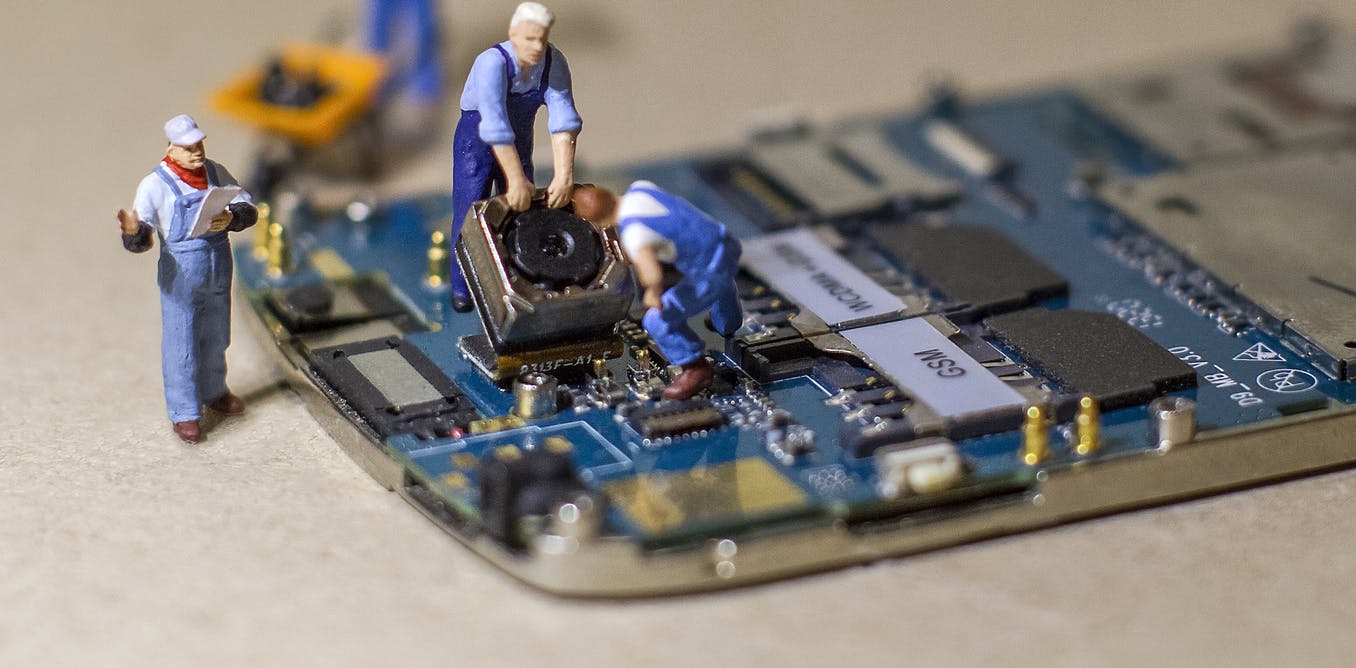 Batteries have a design life, while manufacturers offer warranty periods for them which may be different, and this can lead to some confusion. Batteries can have a design life that can be between 5 and 10 years, and if these batteries do not last for the full period of the design life and are required to be replaced earlier than was expected, this does raise a few questions. It is important that the difference between warranty and design life is clearly understood and they are not confused with each other.The design life of batteries must meet the parameters that are needed for their Eurobat Classification. This signifies that under normal working conditions that are consistently maintained, batteries should last for the period for which they have been designed. Working conditions of a battery have a strong link to their service life but in practice, these normal working conditions are not met consistently.
Batteries have a design life, while manufacturers offer warranty periods for them which may be different, and this can lead to some confusion. Batteries can have a design life that can be between 5 and 10 years, and if these batteries do not last for the full period of the design life and are required to be replaced earlier than was expected, this does raise a few questions. It is important that the difference between warranty and design life is clearly understood and they are not confused with each other.The design life of batteries must meet the parameters that are needed for their Eurobat Classification. This signifies that under normal working conditions that are consistently maintained, batteries should last for the period for which they have been designed. Working conditions of a battery have a strong link to their service life but in practice, these normal working conditions are not met consistently.
Factors Affecting Service Life
Ambient Temperature
Temperature is the environmental factor that has the most severe effect on the life of VRLA batteries. Experience in the field and laboratories shows that the rule that best calculates the effect that temperature has, says that every 10 degrees C rise in temperature results in halving the life of the battery. In effect, this means that if the design life of the battery is 10 years at 20 degrees C, continuous use of the battery at 30 degrees will reduce its life to 5 years. When the temperature fluctuates between these two levels, the life of the battery will then be a time-weighted average that takes into account these fluctuations in temperature. This is the main reason, generally, for VRLA batteries failing to meet the design life specified, and this has no connection with the manufacturer.
Float Charge Ripple
D.C. supply to a battery can have an excessive ripple and this can reduce its life and performance. Voltage regulation of the system that includes its load but without being connected to the battery and under steady-state conditions must follow the recommended or be better than 1% (+ or -) through five per cent to a hundred per cent of the load. You can accommodate excursions that are transient or ripple if with the battery disconnected though the load is connected, including regulation limits, fall within +/-2.5% of the float voltage that is recommended for the battery. Under no conditions must the current that flows through a battery when being operated under float conditions ever reverse and go into discharging mode.
Float Stabilisation Ripple
This is a ripple form that comes about when the load demanded is not in phase with the rectifier capabilities, and the batteries then get used to stabilise the system. Static power supply systems can behave in this manner, and cause a condition that is akin to shallow cycling. Under such conditions, the normal characteristics of the battery will no longer be applicable, and manufacturers require to provide for optimal operational conditions.
Deep Discharging
Users need to employ their discretion to use any connected equipment with any recommended low voltage disconnecting features. There may, however, be many circumstances, especially those that concern system safety, where the requirement of maximum performance will override the need for a low voltage disconnecting feature. Under such circumstances, batteries will need to be replaced once they get discharged.
Failed Batteries
If you do not replace a failed battery once it is discovered, the full string of batteries can be under greater stress, because the string of batteries will then either be overcharged or undercharged when it is connected to the uninterrupted power supply. In the long term, this can have a detrimental effect on batteries and shorten their service life.To summarise, there are many conditions and environmental factors that cannot be controlled by either the manufacturer or the user, all of which affect the rate of degradation of a battery, and its design life can act only as an indication as to how long it can last. While it stands to reason that a battery with a design life of 10 years will last longer than a battery whose design life is 5 years, it is the constantly fluctuating service environment that batteries operate in that means that their design life and true service life can never be the same.Check out the 12FLB250 and other batteries.












